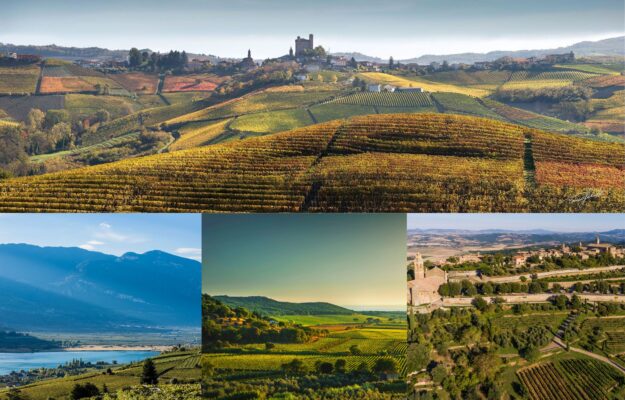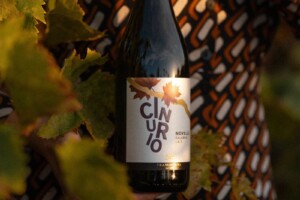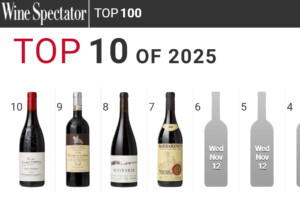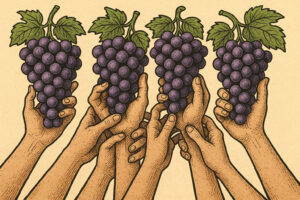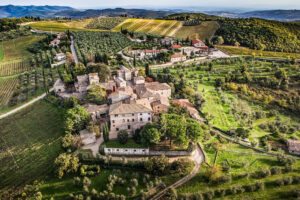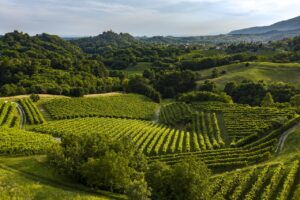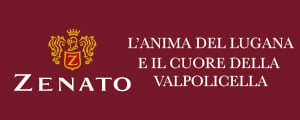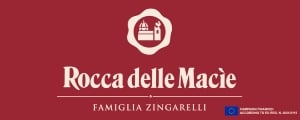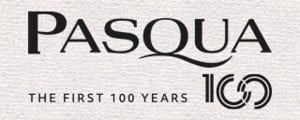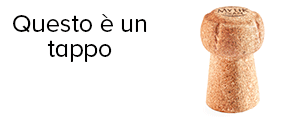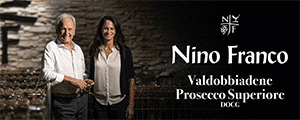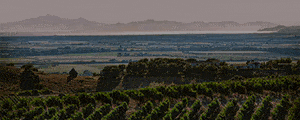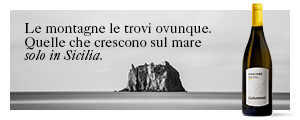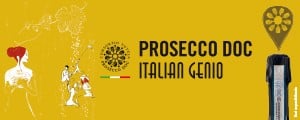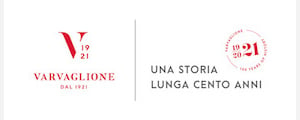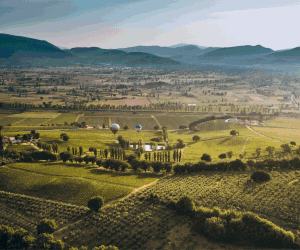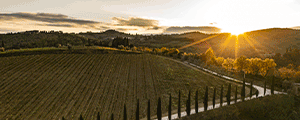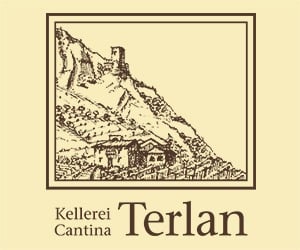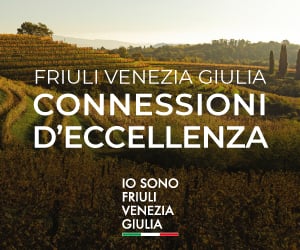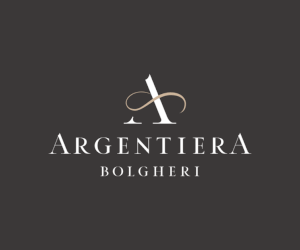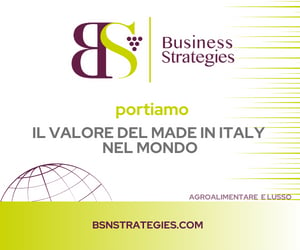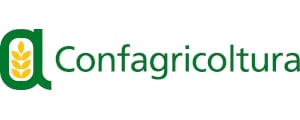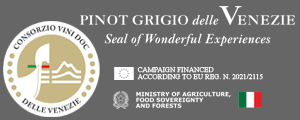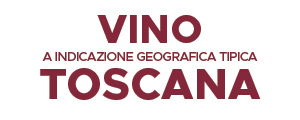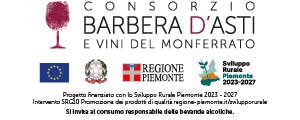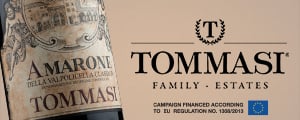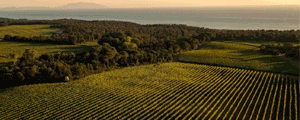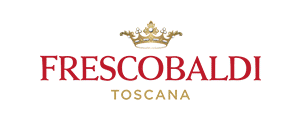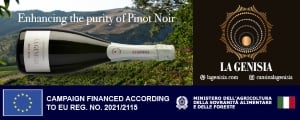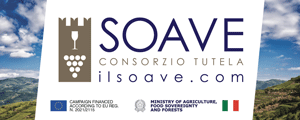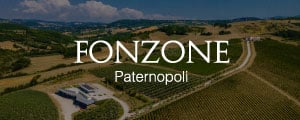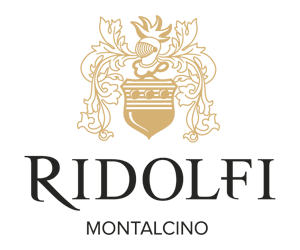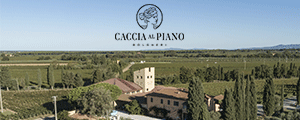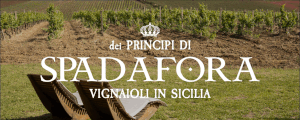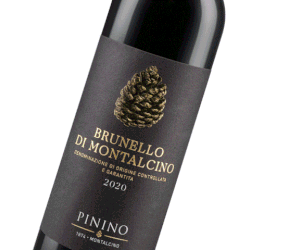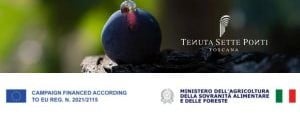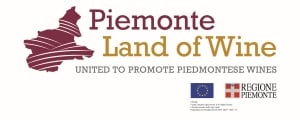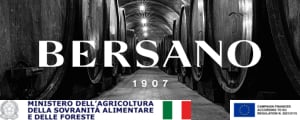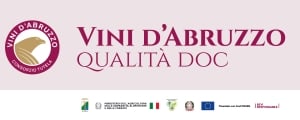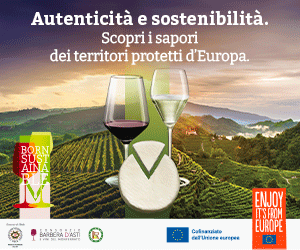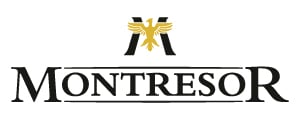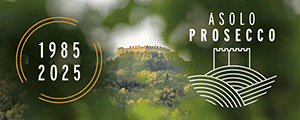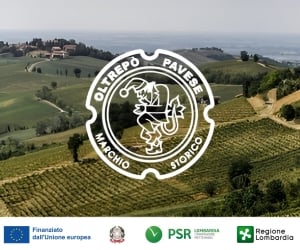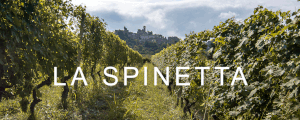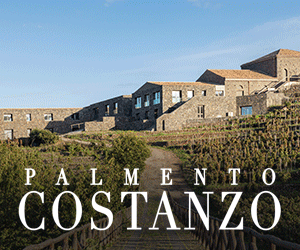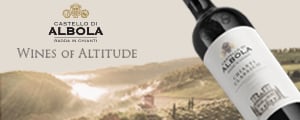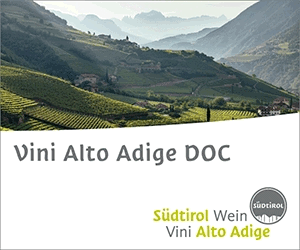From a minimum of 12,000 euros per hectare to purchase a vineyard in the Cannonau area of Ogliastra in Sardinia (where prices can reach up to 18,000 euros per hectare) to 2.3 million euros per hectare in the Barolo DOCG area (starting at a minimum of 300,000 euros per hectare), passing through some of the most highly valued vineyards such as those in the DOC area around Lake Caldaro in South Tyrol (from 600,000 euros to 1.1 million euros per hectare), of the Bolgheri DOC (from 250,000 euros to 1 million euros per hectare), which now matches the prices of Montalcino and its Brunello di Montalcino vineyards (also ranging from 250,000 euros to 1 million euros per hectare); and, still, there are the DOCG vineyards of Valdobbiadene, the historic cradle of Prosecco Superiore DOCG (ranging from 300,000 euros to 500,000 euros per hectare), and those located northern of Trento (particularly suited for Trentodoc sparkling wine, priced between 220,000 euros and 500,000 euros per hectare), thus with the same upper limit. But, among Italy most valuable agricultural lands, some vineyards being the most valuable of all, are also the apple orchards of Val Venosta (from 450,000 euros to 750,000 euros per hectare) and Val d’Adige between Merano and Bolzano (400,000 - 600,000 euros per hectare), as well as those dedicated to irrigated horticultural land in Piana di Albenga, in Liguria (with shares between 280,000 and 500,000 euros per hectare), while the least valuable agricultural land economically is pasture in the Province of Catanzaro (between 1,000 and 2,000 euros per hectare). These are the findings of the survey “L’andamento del mercato fondiario in Italia nel 2024” - “The Trend of the Italian Land Market in 2024” by Crea, presented today in Rome (here, the detailed regional data).
Looking only at vineyards listed in the survey tables, among the most valuable are still the South Tyrolean DOC vineyards in the lower Val Venosta and the Isarco Valley near Bressanone (from 300,000 to 500,000 euros per hectare), the DOC vineyards of Saint-Christophe in Aosta Valley (150-300,000 euros per hectare), those in the Collina Bresciana area, known for Franciacorta (€150-300,000 euros per hectare), the Chianti Classico vineyards (which, however, range from 90,000 to 210,000 euros per hectare in the Florentine part of the denomination, and from 90,000 to 150,000 euros per hectare on average in the Sienese part), as well as the DOC vineyards of the Bergamo Hills (120 - 200,000 euros per hectare), those in Pianura del Basso Piave (65 - 150,000 euros per hectare), the heroic vineyards of Valtellina Superiore DOC (88 - 142,000 euros per hectare), and the DOC vineyards of the Collio area in Friuli-Venezia Giulia (55 - 140,000 euros per hectare).
In general, explains the Crea report, “the purchase and sale of agricultural land in 2024 remained substantially stable, with a slight prevalence of demand over supply. Compared to the previous year, the average price of agricultural land increased by 1%, reaching around 22,400 euros per hectare. Despite international uncertainty, which has affected the prices of products and agricultural inputs, the Italian land market shows a slight recovery. Interest continues to grow for easily accessible land suited to quality production, as well as for irrigable land. The effects of the new CAP 2023-2027 measures remain weak, while the influence of phenomena linked to climate change and the spread of renewable energy production facilities on prices is evident”. Still, explains the Crea report, in 2024 the average price per hectare of agricultural land continues to show significant differences, peaking at 47,100 euros in the North-East, followed by the North-West at 35,200 euros (+2.3%), and much lower values in the Center and South, generally below 16,000 euros, down to 9,000 euros in the Islands.
“The difference is due not only to the greater presence in the North of land in flat, irrigated areas, but also to the higher rate of urbanization and the related consumption of agricultural land, which reduces supply, often insufficient to meet demand. Conversely, in inland and mountain areas, supply prevails, coming from elderly farmers and companies in economic difficulty, which often does not find a match on the market”.
According to Crea, the rental market also remains stable, with significant differences between areas of the country linked to multiple climatic and economic factors. “Demand, driven mainly by young entrepreneurs and structured companies, has seen a growing presence of operators in the renewable energy sector (biogas and agrivoltaics). The exit of elderly farmers from the sector has also made available areas previously farmed directly, thus fueling the rental market. In the most productive areas, exceptional contracts have prevailed, while in marginal areas short or informal agreements continue to spread. Rentals also show growing interest in irrigable land, considered strategic in a context of increasing vulnerability to extreme weather events”.
Looking to the near future, operators expect substantial stability in the rental market, with rates tending to consolidate, albeit with variations linked to the productive vocation of the land, while for sales, an increase in supply is expected due to the cessation of agricultural activities in more marginal areas. Overall, therefore, pending the effects of the full implementation of CAP 2023-2027 measures, explains the Crea report, the outlook for the land market appears moderately positive, even in the uncertainty due to increasingly extreme and damaging weather events and, consequently, the gradual reduction in production profitability. “The results of Crea Survey No. 75 - concludes president Andrea Rocchi - confirm the stability of the land market, its solidity, and the adaptability of Italian agriculture, even in a complex context marked by international tensions and climate change. Crea, through its research and analysis, continues today, after 75 years, to offer a scientific reference point for understanding sector dynamics and guiding agricultural policies. It is now essential to enhance agricultural land as a strategic resource, supporting farm profitability and promoting sustainable and innovative land use, because valuing the land and supporting those who cultivate it means investing in the future of the country”.
Copyright © 2000/2025
Contatti: info@winenews.it
Seguici anche su Twitter: @WineNewsIt
Seguici anche su Facebook: @winenewsit
Questo articolo è tratto dall'archivio di WineNews - Tutti i diritti riservati - Copyright © 2000/2025










